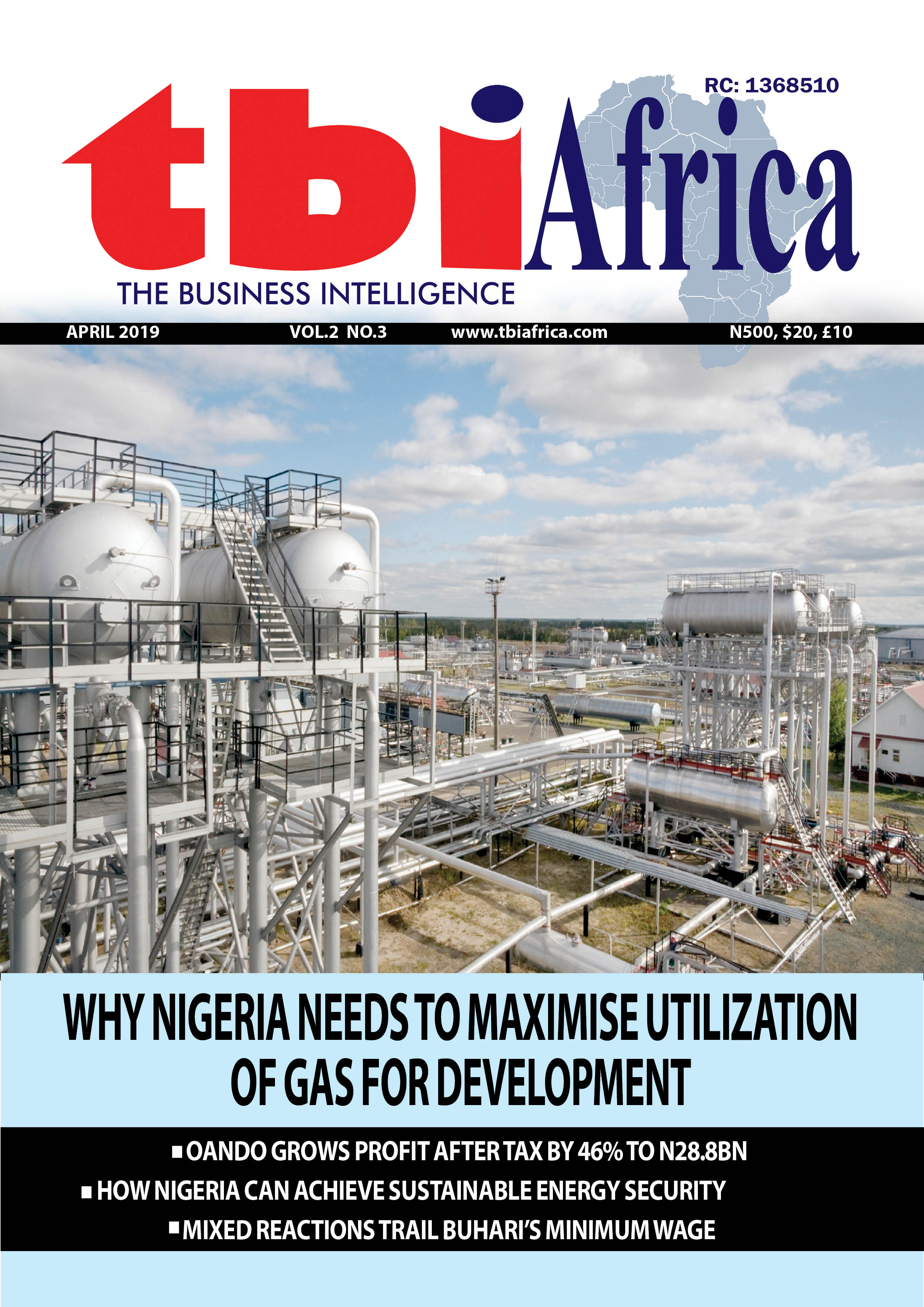Photo caption: Oil facility
Earlier in the year, U.S. Treasury Secretary Scott Bessent unveiled his ambitious“3-3-3” plan wherein the Trump administration will target real GDP growth of 3% per year; cut the annual budget deficit from 7% of GDP to 3% and ramp up domestic oil production by 3 million barrels per day in keeping with Trump’s “drill, baby, drill” mantra.
Economy gurus warned that these goals are hardly grounded in reality, with energy experts predicting that U.S. oil production is likely to flatline or even decline despite Trump’s fossil-friendly policies because producers now prioritize returning profits to shareholders instead of flooding markets with cheap oil. Well, the early energy scorecards suggest that Trump and Bessent will not be getting their wishes anytime soon.
Several key indicators are now pointing to a decline in U.S. crude output, starting in Trump’s first year in office.
Whereas a large proportion of 2025 shale oil work programmes have already been funded and in progress, energy analysts are warning that 2026 programmes are now at risk thanks to prevailing low oil prices with no respite in sight. Commodity experts at Standard Chartered have predicted that U.S. crude oil supply will fall by 158 kb/d in 2025 and 183 kb/d in 2026, bringing to an end four years of growth under the Biden administration. StanChart has analyzed four key activity indicators to arrive at this outlook.
First off, U.S. production data paints a rather gloomy picture: according to revised monthly data from the Energy Information Administration (EIA), March U.S. crude oil production hit all-time high of 13.488 million barrels per day (mb/d) , exceeding the previous high of 13.458mb/d set in December 2024. However, this marks an anemic growth clip of just 30 kb/d over three months. For some context, U.S. crude oil production grew by 270,000 barrels per day in 2024.
The usually bullish Energy Information Administration (EIA) is not too optimistic, either, and has predicted a small increase in U.S. crude output to 14 million barrels per day in 2027, up from 13.2 million barrels in 2024–or roughly a quarter of Bessent’s goal. Second, the protracted decline in U.S. oil rig count is showing no signs of moderating. According to the latest Baker Hughes data, U.S. oil rig count is down by 41 rigs in the year-to-date and by 50 rigs Y/Y.
While some of this reduction can be chalked up to adjustments/improvements in drilling techniques and technology, StanChart notes that the downwards trend has been in place for 30 months. Further, the frac spread count (the physical equipment used in hydraulic fracturing, part of the completion process) has also slumped to 186, well below the November 2022’s post-Covid high of 300 spreads. This metric represents both the overall market activity in completing wells as well as the effect of gradual adjustments in drilling behaviour and operational improvements. Finally, the inventory of drilled but uncompleted (DUC) wells (which represents decisions made on the economic viability of wells) has halved since its pandemic high in June 2020, sinking to a low of 4,494 in February 2025 before finally stabilizing. StanChart notes that this is likely to be a leading indicator of any pivot in completion behaviour.
Previously, we reported that U.S. shale producers are vulnerable to an oil price war by Saudi Arabia and OPEC+, with a March Dallas Fed Energy Survey revealing that the U.S. Shale Patch requires WTI prices of $65 per barrel or more to drill profitably. Whereas tariffs on U.S. steel imports are partly to blame for increasing the price of fracking equipment, the Shale Patch is now facing considerable geological constraints with the nearly two-decades-old U.S. shale boom plateauing.
According to Goehring & Rozencwajg LLC, a fundamental research firm specializing in contrarian natural resource investments, the U.S. oil sector is currently facing ‘The Depletion Paradox’, with even higher prices unable to overcome geological realities.
In defense of the oil bulls, there’s a fair chance that widespread use of technologies like enhanced oil recovery (EOR) will be able to jumpstart U.S. oil and gas production, much like hydraulic fracturing revolutionized the U.S Shale Patch two decades ago. Injecting near-depleted oil wells with CO2 has been proven to extend their productivity for years and even decades. Under the previous administration, the U.S. DoE pursued novel techniques that could expand the applicability of CO2 injection to a broader group of reservoirs. The DoE provided estimates that next-generation CO2-EOR could unlock ~60 billion barrels of oil that would otherwise be left trapped in the rocks, enough to last more than a decade at the current production clip.
=== Oilprice.com ===



